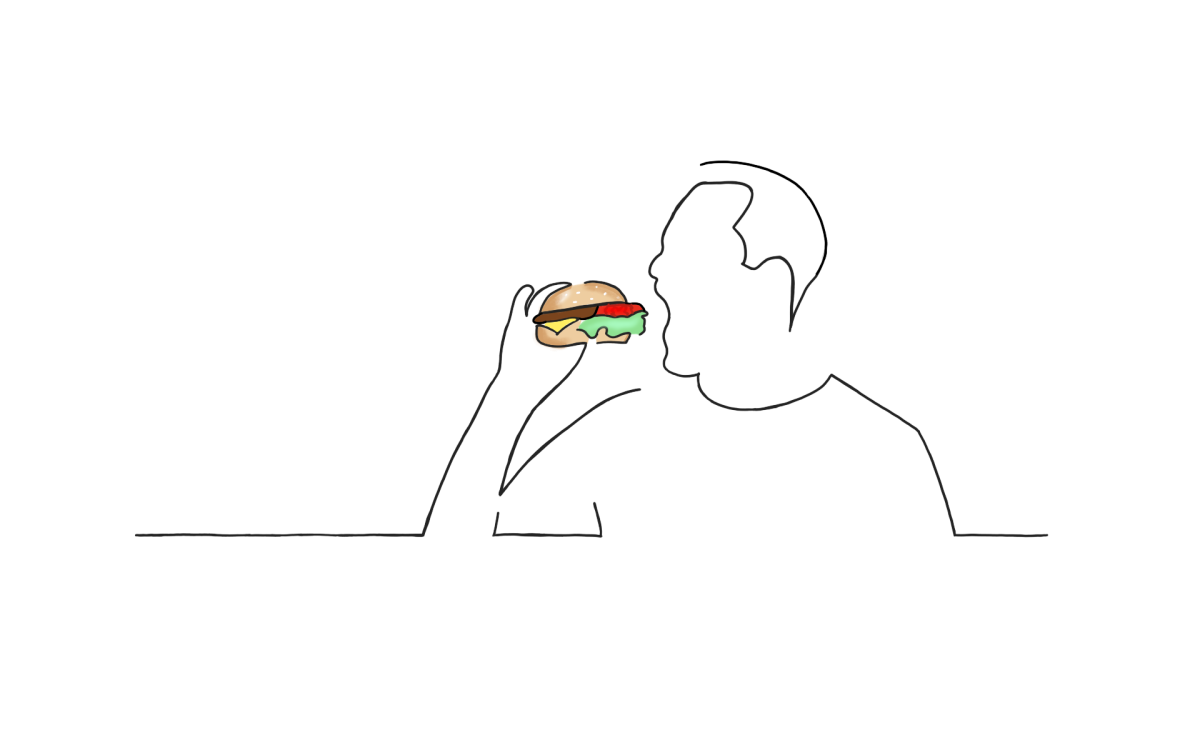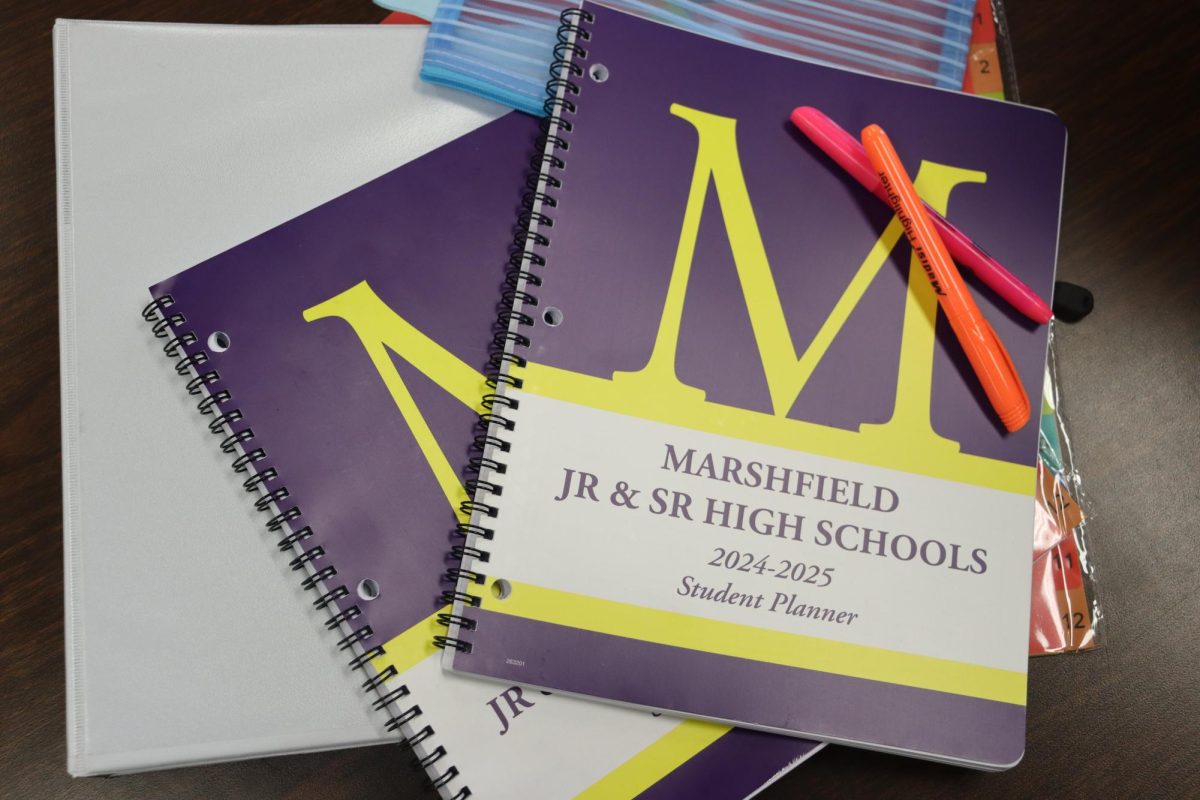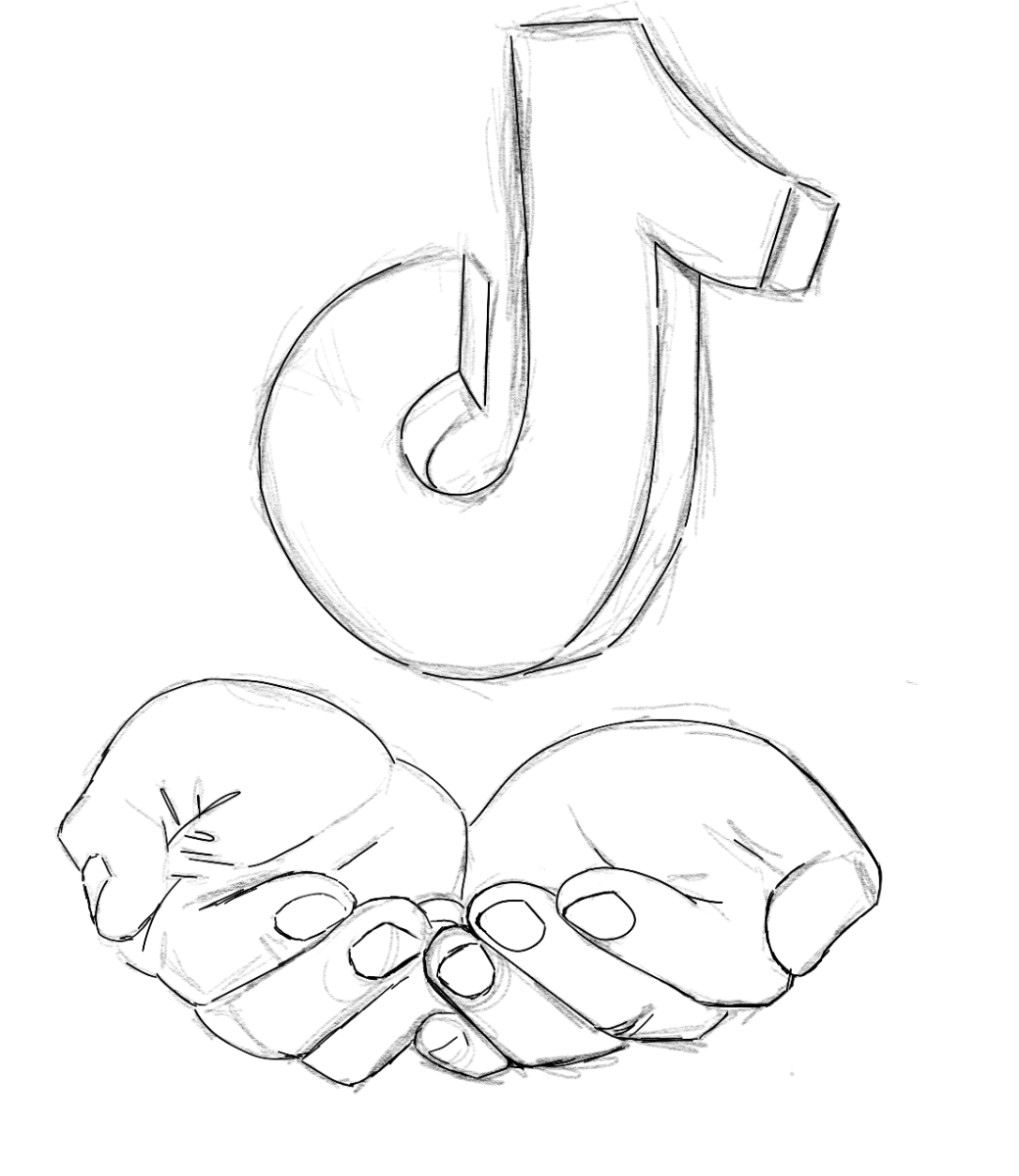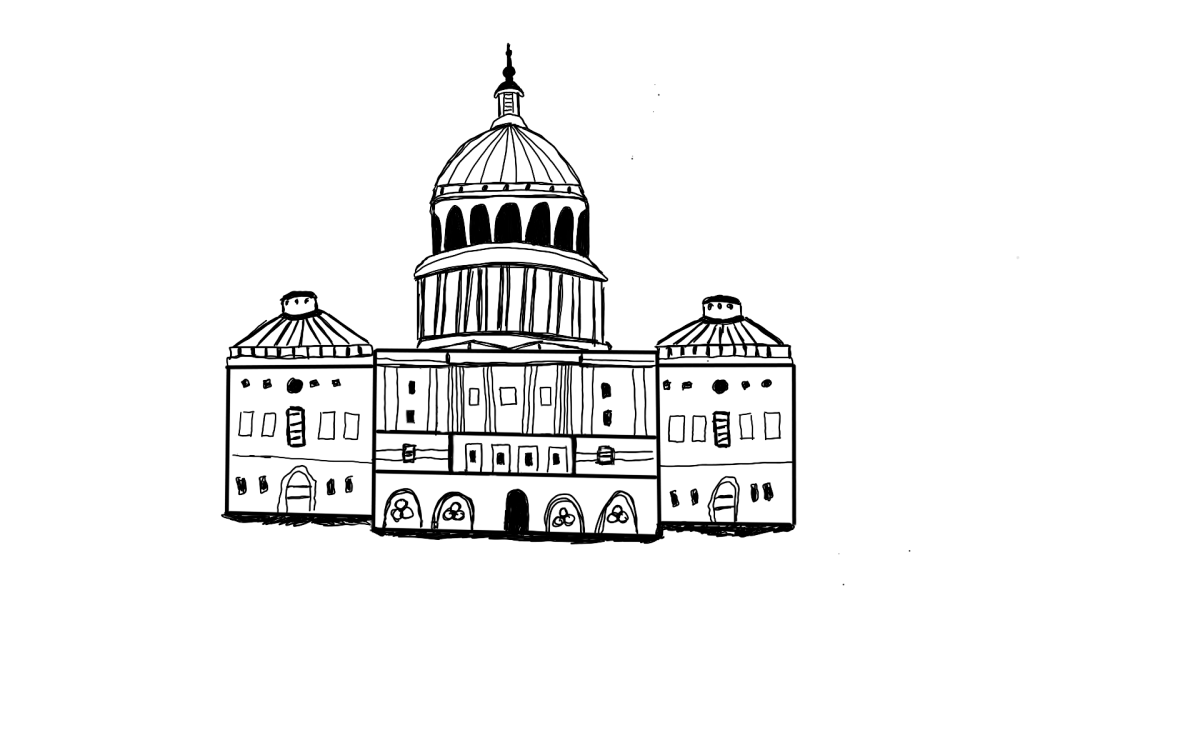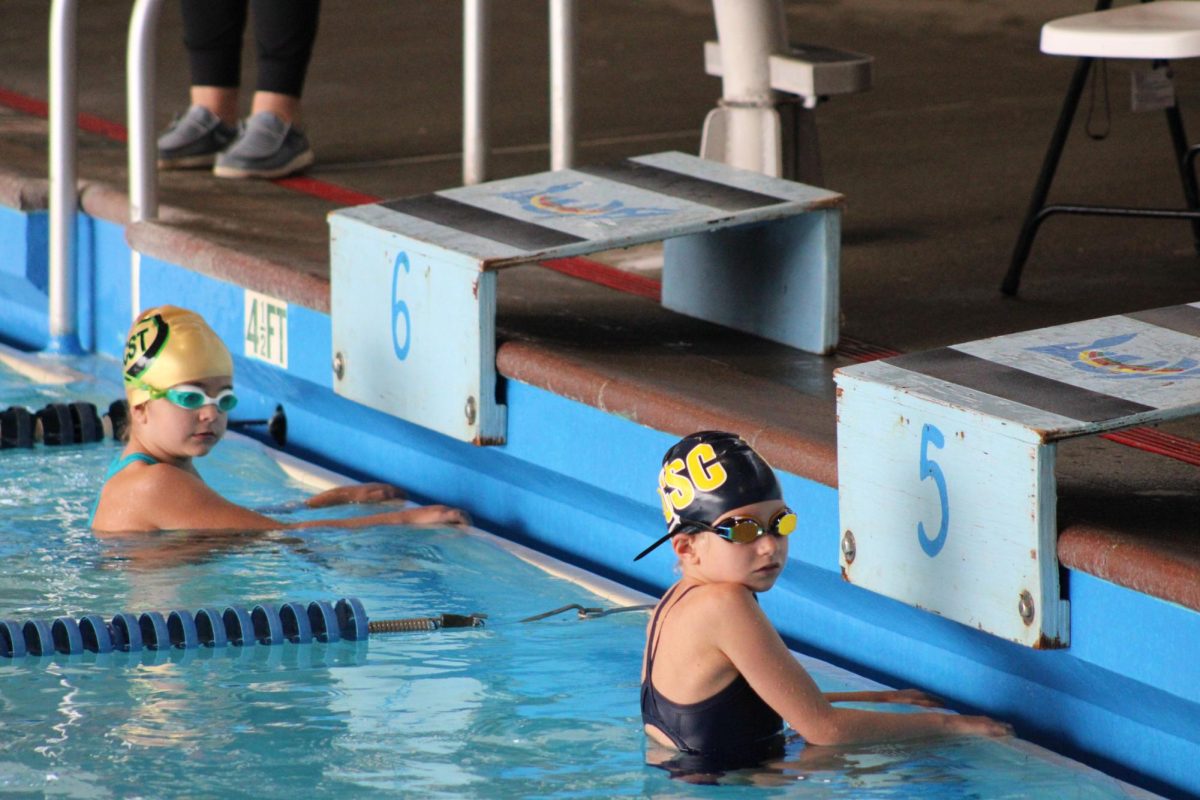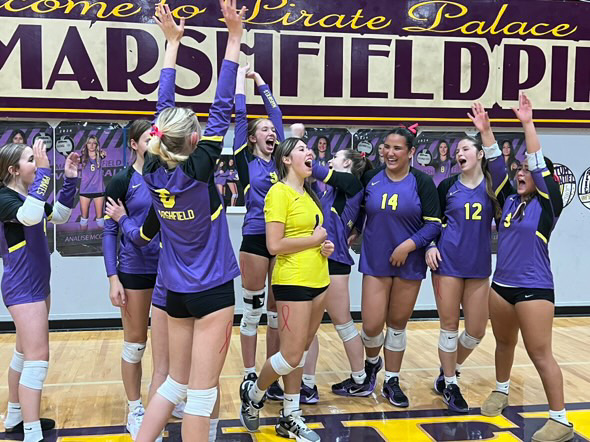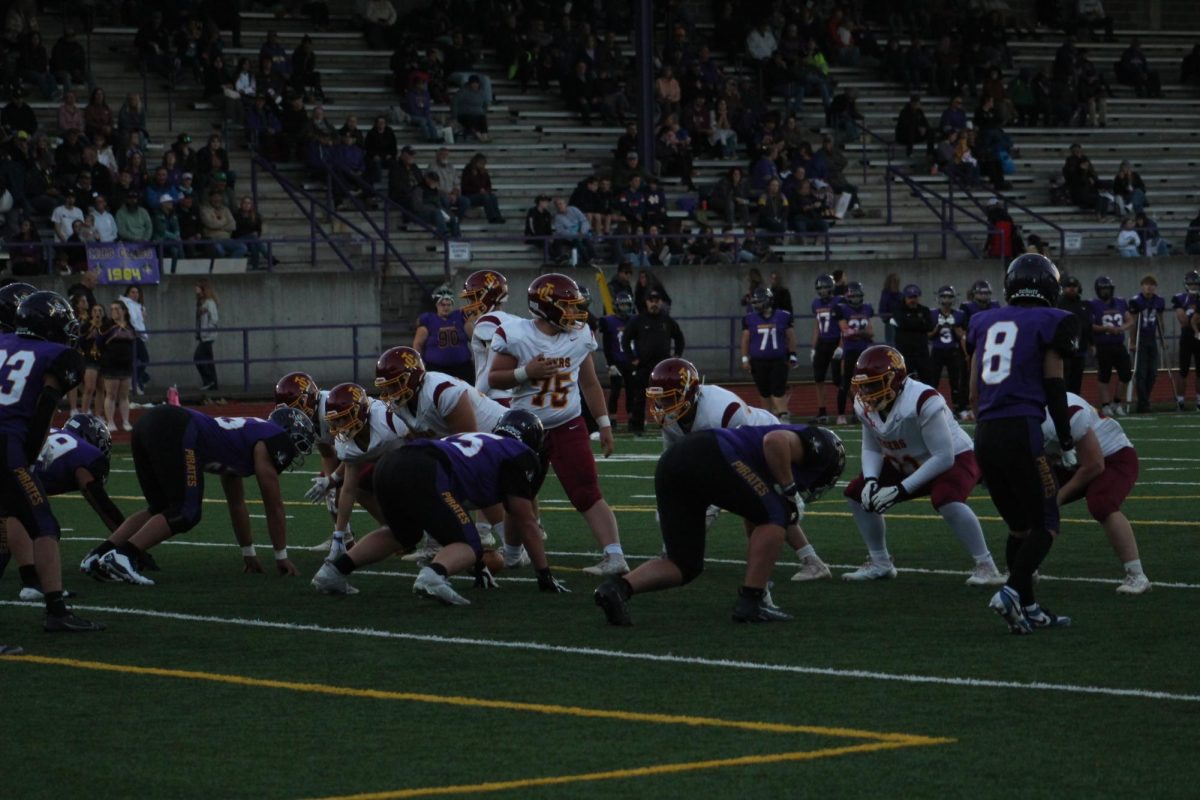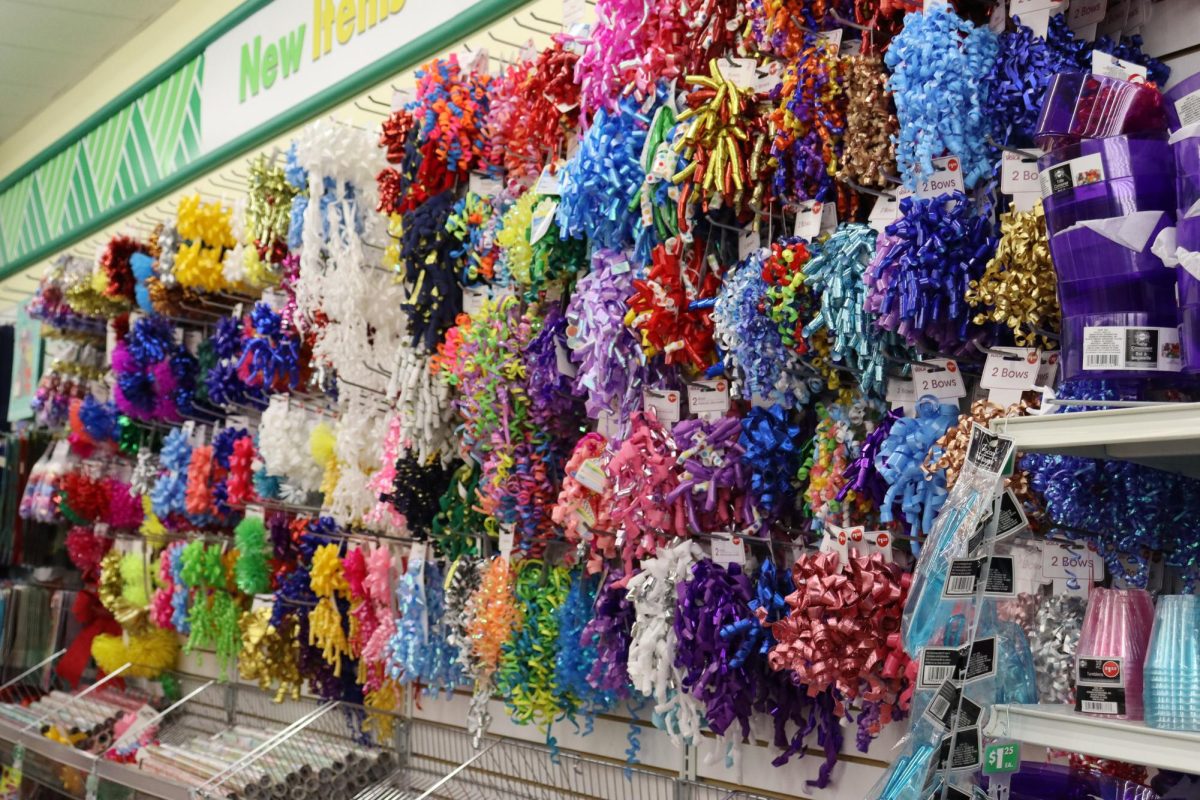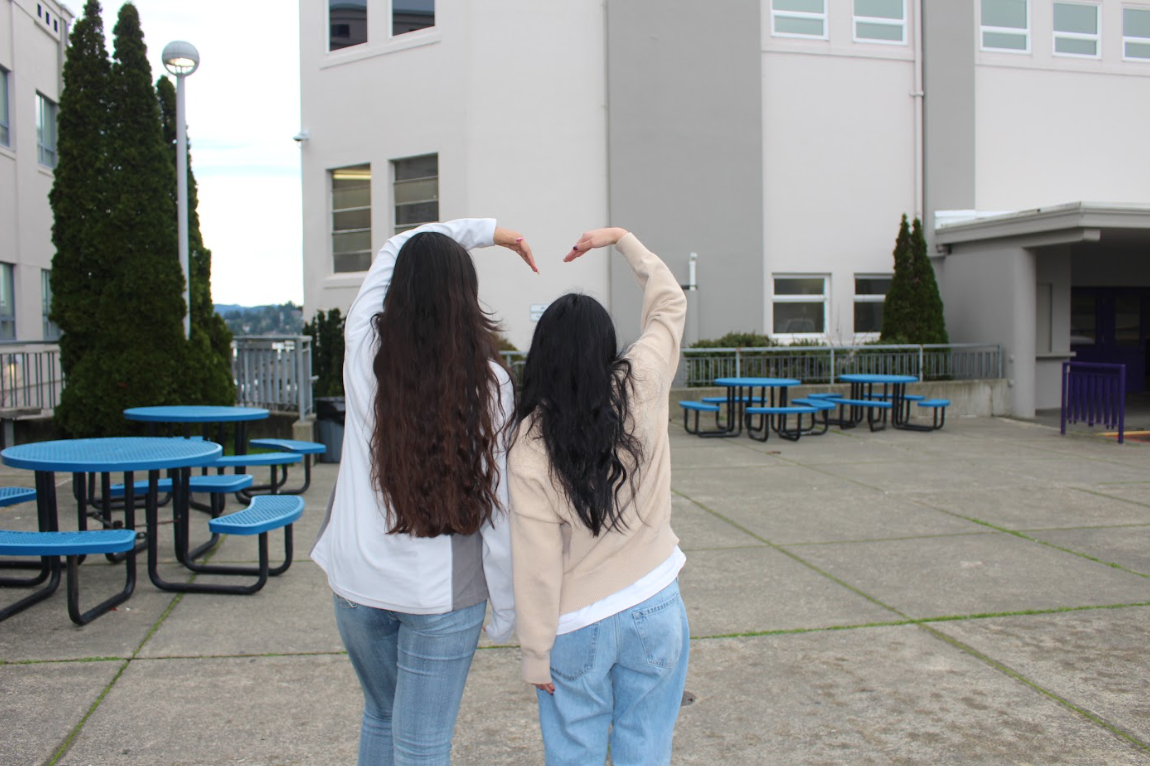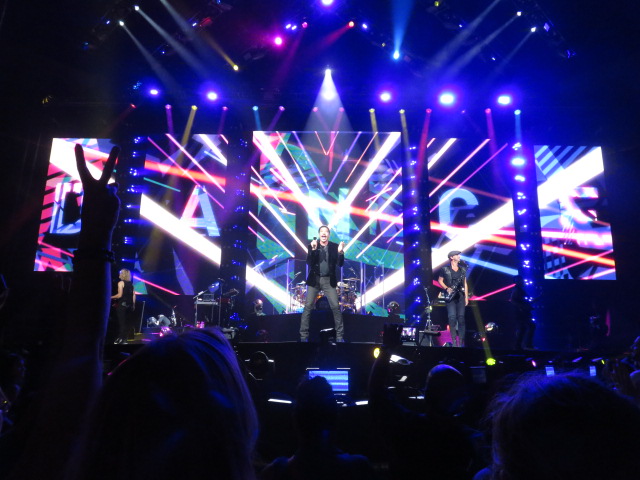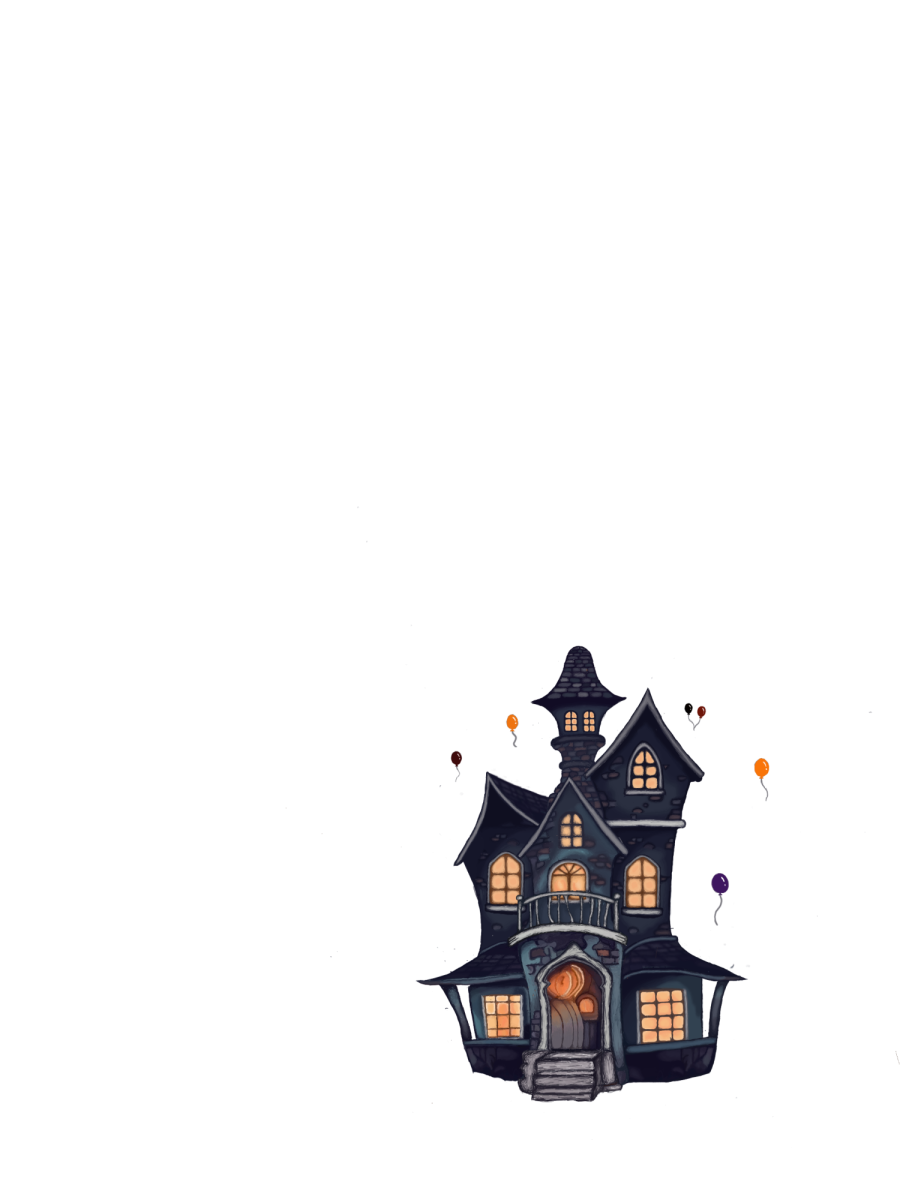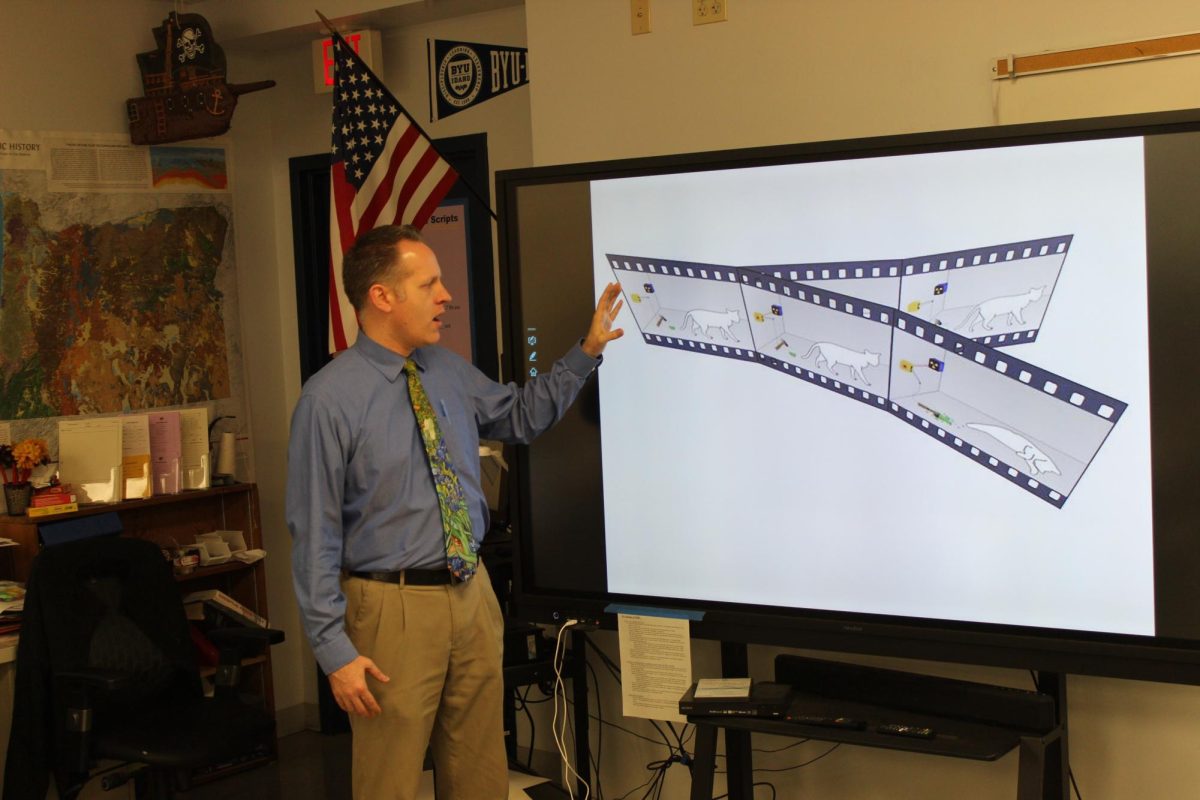Animation has been around for over one hundred years, officially originating in 1908. One of the earliest animated films being Disney’s iconic “Snow White and the Seven Dwarfs.” Since then, animated films have evolved to reach new heights and push the boundaries of what many thought to be the status quo.
Once upon a time, Disney and Pixar were the powerhouses of these animation revelations. During a time known widely as the Disney Renaissance, Disney Studios released many cult classics such as “The Little Mermaid,” “Beauty and the Beast,” “Tarzan,” and “Lion King”—just to name a few. This lasted from about 1989 to 1999. After releasing many beloved classics, they started to slow down and released more box office flops on average: “Peter Pan 2,” “Jungle Book 2,” and “Home on the Range,” for example.
Luckily, the mid 90s and early 2000s was the year Pixar started making artistic breakthroughs in film. The first ever computer animated movie being none other than “Toy Story.” When watching the movie through a modern lens, it’s easy for the general public to review the graphics negatively. The movements are sometimes jerky, the textures are bland and it pales in comparison to the newest “Toy Story 4.” This, however, was a first of its kind of film, and after its release other studios began to follow suit, such as DreamWorks releasing “Shrek” or Blue Sky with “Ice Age” and “Robots.” Pixar then proceeded to release more hit computer animated films: “Bug’s Life,” “Toy Story 2,” “Monsters Inc,” “Finding Nemo,” “The Incredibles,” and “Wall-E.”
At some point in recent years, Disney has hit a decline. In that time, Disney has faced heavy criticism from their audience, even getting backlash from life long dedicated fans. As of late, Disney has been pumping out movies and series back to back. This creates a few distinct problems, such as the individual movie production’s budgets are cut, sacrificing quality and effort. Many are unable to keep up or even keep track of the overarching stories that seem to contradict themselves, the biggest offender being the Marvel Cinematic Universe.
“I used to really enjoy hero movies, and I still do but it’s become overwhelming,” said Azura Beckett, an artist and student at Marshfield High School. “They’re trying to connect everything together but it just ends up contradicting itself. There’s definitely a right way to make an overarching storyline but I don’t think they [Disney and Marvel] are pulling it off.”
Disney is in an era of nostalgia-bait. Think of all the sequels and live actions they’ve released in 2023 alone. With “Pinocchio” widely accepted as the worst.
Even the original movies released, “Strange World” and “Wish,” were box office flops. While “Strange World” slipped under the radar, but “Wish” was held under heavy scrutiny. Many took issue with the villain — his motives and his music especially. The animation style seemed unfinished to many, it suffered from same-face syndrome, it wasn’t true 2D animation, how Asha fell under the “A-dork-able” personality trope and had little to no character arc, the music was sub par, and much more.
A secondary surge of backlash rolled in when audiences discovered the concept art and original storyline for Disney’s 100 year movie. A lot of fans voiced hope for a homage to beloved classics, a truly evil villain like Ursula or Claude Frodo, and a love story for the main character — the last being Anna and Krisoff from “Frozen,” released in 2013.
Although “Tangled” is a beloved movie, many are calling attention to the personality duplicates of “Rapunzel.” The sort of dorky personality that Moana, Anna, Mirabelle, and now Asha have displayed. To many, it seemed the first drafts of “Wish” had everything they could ever ask for. The story was going to be based on the origin of wishing upon a star, one of Disney’s most famous lines. There were also going to be more subtle “Easter eggs” to past films (in clothing, the background, etc.), and not one but two main romances. There were plans for the first ever villain couple as well as a romance between Asha and the wishing star, who would have been a magical boy. To many Disney-heads, this was a devastating loss of what could have been.
Despite all of this, the animation scene is not dead. Many other studios are rising in popularity as well as their movies: Dreamworks with “Trolls” and “Puss in Boots: The Last Wish,” Sony with the Spiderverse movies, Nickelodeon with “Teenage Mutant Ninja Turtles,” and Studio Ghibli with The Boy and the Heron to name a few. Something they all have in common is their unique animation styles.
The “Trolls” franchise has been extremely successful in business and creative breakthroughs. It features a mix of 3D and 2D animation, both of which were meticulously designed to fit the “arts and crafts” look of Trolls. The trolls have a felt-like skin texture with their clothes matching the aesthetic as well, even the environment they’re in is made to look as if it’s constructed out of felts, yarns, glitter and crayons. To top it all off, the storytelling was fresh and out of the box.
“Spiderman: Into the Spiderverse,” and “Spiderman: Across the Spiderverse” were both wildly successful movies, raising the bar for animated movie standards. They created many new animation styles, so many that they worried they were taking too many risks and that the audience wouldn’t like it. They would display short burst-like frames where the scene suddenly looked like a basic comic book panel. Instead of utilizing motion blur or showing depth via blurrings, the animators would instead use “painterly strokes” and textures. For example, depth was shown with color splitting — as if the frame had been screen printed poorly. While lights and shadow were shown with half-tone dots and hash marks. In the beginning of the film, Miles was animated on a lower framerate than Peter B. Parker to show his inexperience. That’s not even delving into the new techniques they created and used in the second movie (Hobie’s guitar being animated on a different frame rate than him, his animation style changing consistently to match his personality, Gwen’s universe being based on water color and mood rings.)
Though it seems to be a dying medium, especially in the U.S, Studio Ghibli’s “The Boy and the Heron” proved to many that 2D animation is still worthwhile.
“It’s not meant to be a ‘sugar rush’ [comparing the “Boy and the Heron’s” slower pace to the “Minion’s” dopamine-hit animation and storytelling style]… Animation is art,” said No the Robot, an artist and animator with over a decade of experience.
It also showcased how family films can still display emotional depth and hard topics without losing children’s interest, something Studio Ghibli has been applauded for on their other films. Specifically “Princess Mononoke,” “Spirited Away,” and “Castle in the Sky.”
“Growing up I’ve always loved Studio Ghibli,” Beckett shared. “I definitely notice that it’s slower paced than a lot of today’s movies but I think that was good for my development. I didn’t need bright flashy animation and slapstick humor all the time.”


